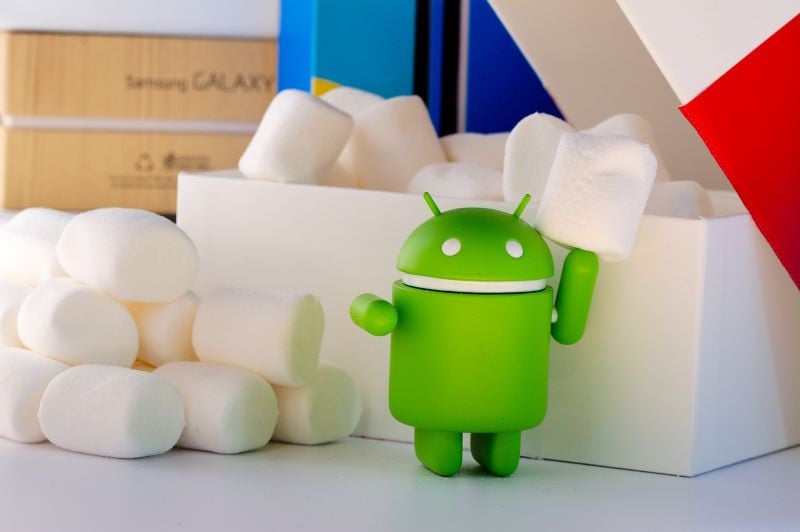Android 15 is now being rolled out to Pixel devices, bringing with it a host of new privacy features, security tools, and enhancements for foldables and tablets.
While the operating system was initially launched last month through the Android Open Source Project, it was not yet available on Pixel phones, tablets, or other major Android devices. However, Google announced today that Android 15 is finally arriving on Pixel devices, alongside a series of Pixel feature updates.
One standout feature in Android 15 is the introduction of a “private space” for apps you may wish to keep hidden from others. Google notes that this could include social, dating, or banking apps. Any apps placed in the private space will be absent from recent apps, notifications, and settings. Accessing this space requires additional authentication, and according to Google, users can even “hide the existence of private space from view on your phone.”
For foldable devices and tablets, Android 15 now allows users to pin and unpin the taskbar, giving them easier access to apps. Additionally, users can create app pairings—setting up two apps they use frequently side by side—and access that pairing through a single icon.
In terms of security, Android 15 is introducing Theft Detection Lock, which uses AI to automatically lock the phone if it detects it’s been stolen. There’s also a Remote Lock feature, enabling users to lock their phone via another Android device or phone number. Google stated that these features will be available on most devices running Android 10 or newer, with some users already having access to them.
Additionally, Google is rolling out an October Pixel feature drop, which includes Night Sight for Instagram to improve low-light photography, as well as expanded controls for the Audio Magic Eraser. In the coming weeks, a feature will also allow media to be transferred between a Pixel Tablet and Pixel phone simply by holding the devices next to each other.

